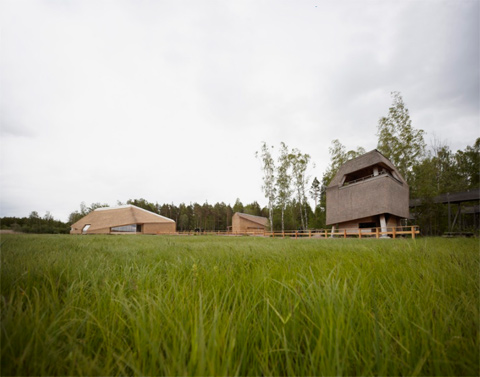
A nest is a place of refuge conceived to raise offsprings. They are usually made of organic material such as twigs, grass and leaves or may simply be a hole in the ground, a tree, rock or building.
Sometimes, architecture seems to imitate this concept: a thatched visitor center sits next to the low waters of Sweden’s Lake Takern, the annual nesting habitat of over a hundred bird species. The Takern visitor center has an asymmetric form that folds around an entrance courtyard. The most impressive detail of this public building relies on the pursuit of a shape and volume capable of blending peacefully in such a sensible environment.
To achieve such an admirable result, traditional building techniques were employed to cover the walls and roof of the building: golden reeds will slowly fade to grey over time and suit perfectly in the natural lake’s vegetation.
The thatched exterior surfaces are characteristic of temporary hides constructed by bird-watchers: their use provides nesting materials and hiding places for tiny birds such as pipits and wagtails.
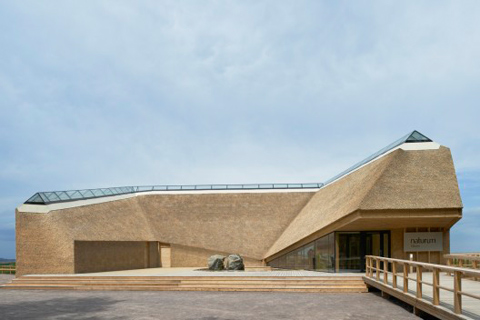
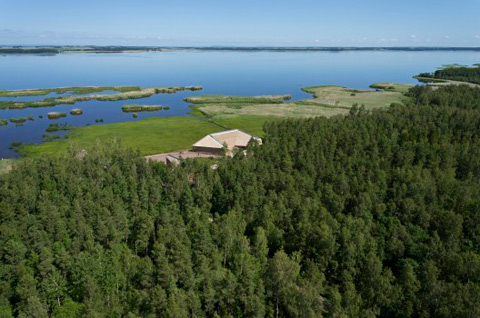
Also the interior respects a pure sense of integrity when it comes to assume organic values: timber planks cover the entire walls and pavements inside the visitor center while a skylight runs along the ridge of the roof, bringing in natural light as well as allowing visitors to enjoy a piece of the sky…after all, this contemporary building is all about watching and exploring the most exceptional bird species in the world!
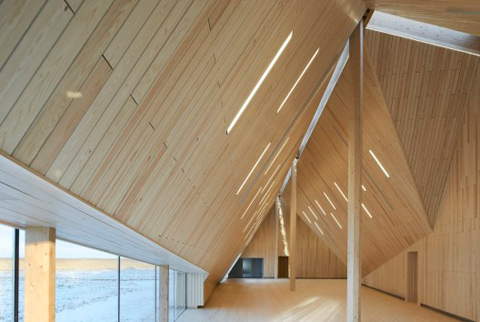
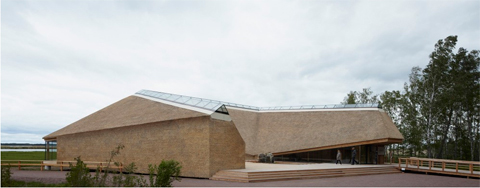
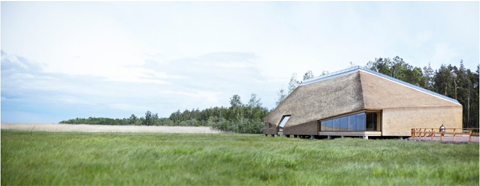
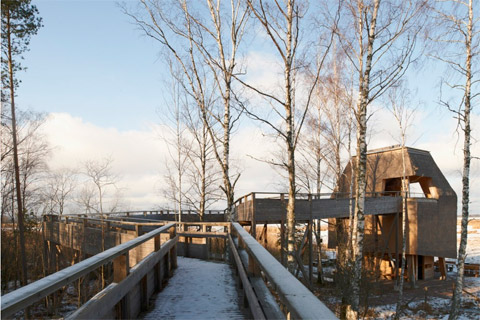
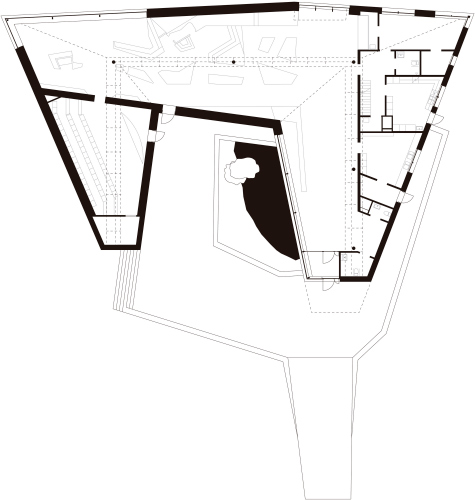






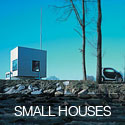
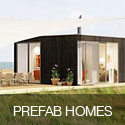

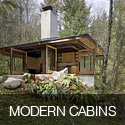
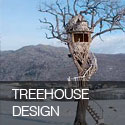
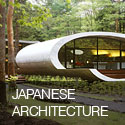

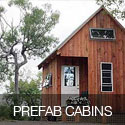
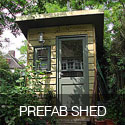

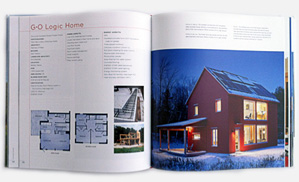
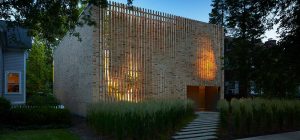
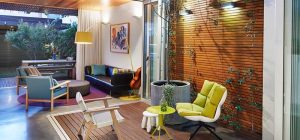
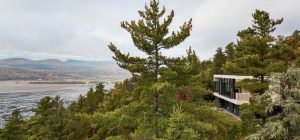

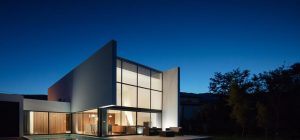
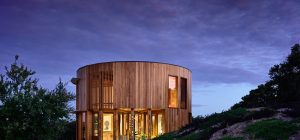
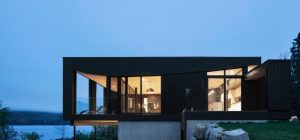
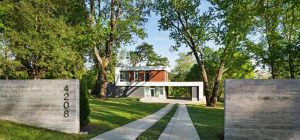
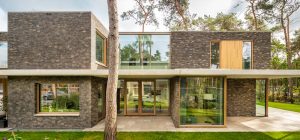
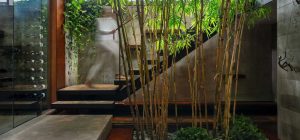
share with friends